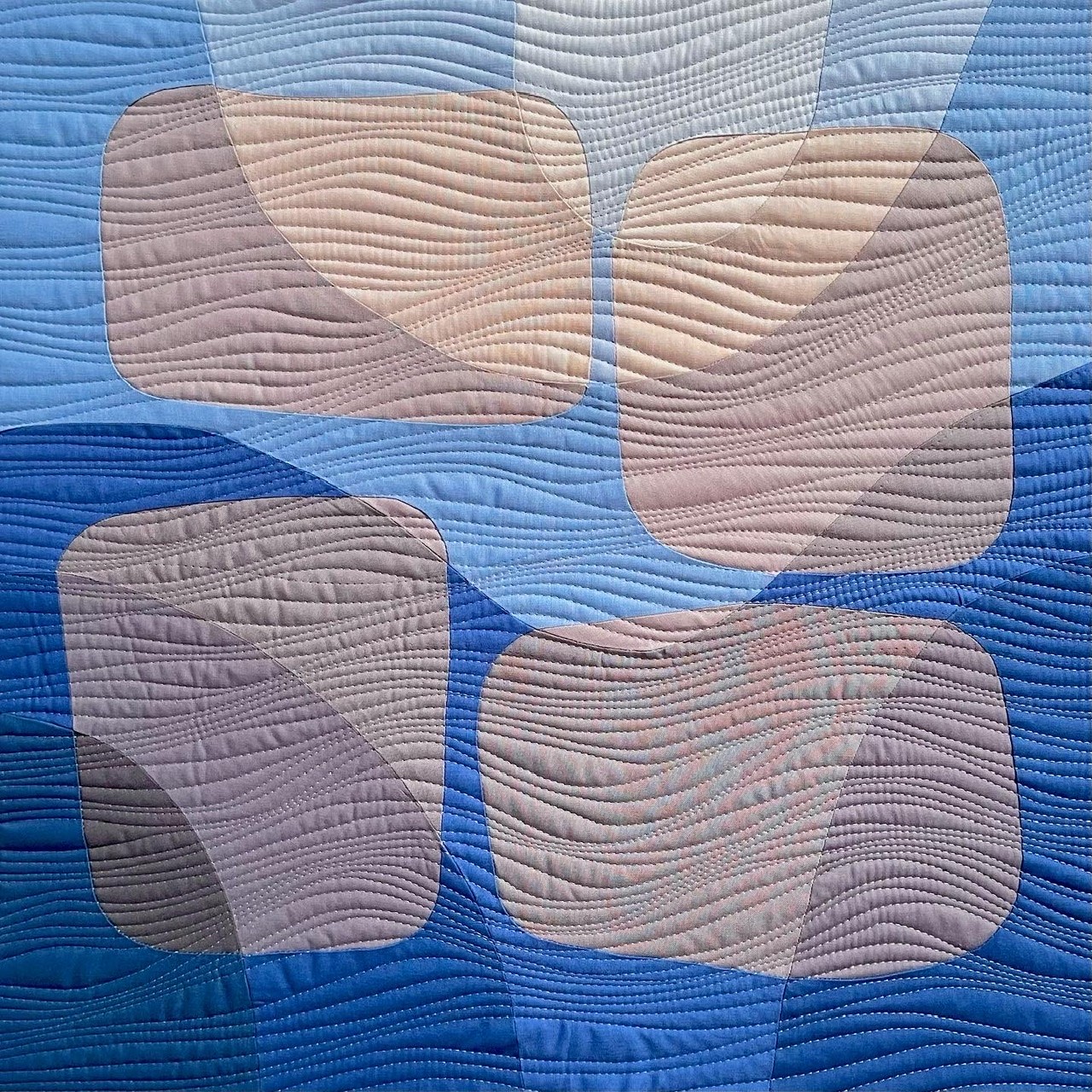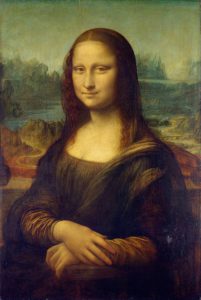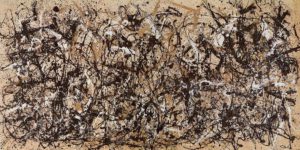The word “composition” may be used to describe any music, literature, painting, or sculpture
work. Still, in the visual arts, it is primarily used to describe the placement of components inside
an artwork. Art Composition is a talent every artist must master, although it’s often overlooked.
When putting a paintbrush on a canvas, either rigorous preparation or a strong sense of intuition
is required since a bad composition might impact the whole artwork.
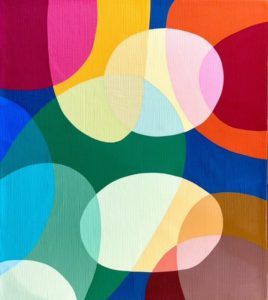
How Does Composition Vary?
The arrangement or combination of the many components of artwork is called composition.
When deciding how to arrange their artwork, the artist has an unrestricted creative license. The
elements may be grouped in the center or dispersed around the corners depending on the
canvas or image. Alternatively, the whole piece of art could be dominated by simply one theme.
Over the years, several schools of thought have taken different approaches to art composition.
In the past, things that are commonplace now would have been rejected in the past.
What Are the Guidelines for a Good Art Composition?
Although there isn’t a single recipe for a successful composition, several fundamental ideas may
be used in most works of art. An attractive arrangement may be created by adhering to the
principles of excellent design.

However, these guidelines are not always simple to explain in plain words; instead, they depend
on the artist’s taste and intuition. For instance, many individuals assert that a good composition
should be balanced, giving each component of the artwork equal emphasis. On the other hand,
some artists could decide to highlight some aspects of the piece that they feel are most
significant. While some painters strive to produce a straightforward, elemental composition,
others pursue a more varied look.
What Has Changed About Composition Over Time?
The development of movements like Cubism and Abstract Art reinterpreted many of these
criteria and opened the door for new approaches, while composition used to be much more
rigid. A triangular or pyramidal composition was the traditional goal for ancient painters to
convey a sense of geometry in their work. The ancient Greeks split the canvas into eight equal
sections to achieve a balanced, triangular arrangement. They did this because they thought art
should be as flawless as possible. This strategy may be seen in Renaissance art, which sought
to imitate the style of ancient art.
The Golden Ratio, a different mathematical idea, is a process that produces a form of spiral
shape that is suggestive of a snail shell or whirlpool. This composition was notably employed
by Leonardo Da Vinci for the Mona Lisa, which may be one of the reasons it has endured
through the ages.
Jackson Pollock and other abstract expressionists and abstract painters cast these ideas to the
wind and opted for all-over composition. Instead of focusing on the piece’s top, bottom, and
center, this method entails working more or less uniformly onto the object’s surface.
Composition in Quilting
Quilting art uses both positive and negative space. The secret to creating captivating art
compositions is to use positive and negative space effectively. Positive space is the portion of a
composition where action or interest is taking place. Negative space, often known as “The
Resting Space,” is the region around positive space and the area where nothing is occurring.
Both act as attention-getters and you can’t have one without the other.
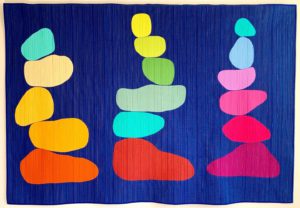
Control Negative and Positive Space
Effective negative space doesn’t have to be monotonous. Without wasting the negative space, it
is possible to direct the eye and highlight the positive space. Test your art composition designs
against several backgrounds to determine which looks best. This helps you visualize how your
quilting art will look once completed.
If you’re interested in learning more, contact Carolina Oneto and try an online course where we
examine color schemes, color concepts, and composition concepts.


